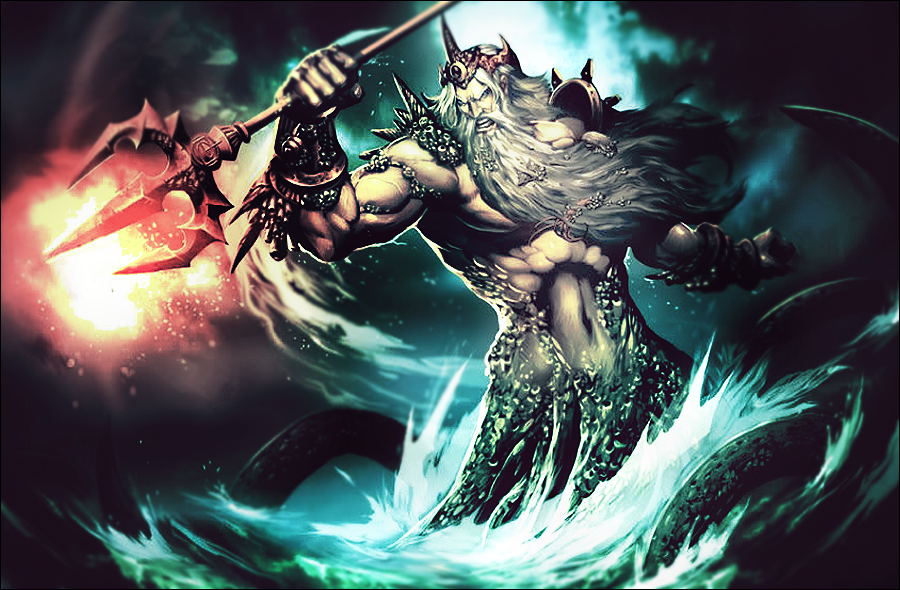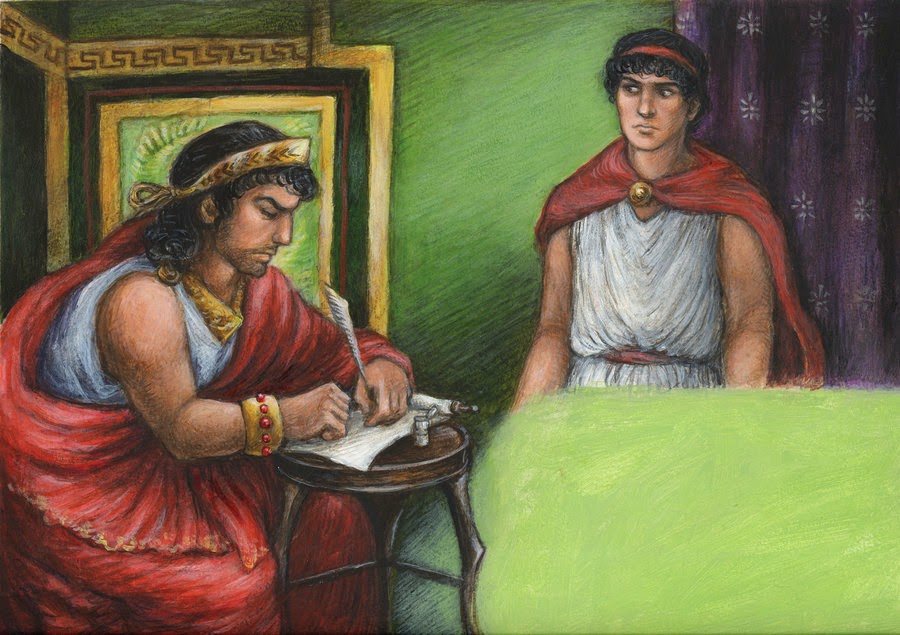
Best known among his mortal mistresses was Rhodes, after whom the well known greek island of Dodecanese got its name. There are many references of the god's unions with both goddesses and mortal women. Once, when a son of Nereus bragged that he was faster than him, he punished him by turning him into a mollusk. Omniscient, proud and ruthless, the god would punish anyone who came into conflict with him.

At night, he would rest in a boat or a chalice in the ocean, from where he rose every morning. He was brother of Eos and Selene.Īccording to myth, he would tirelessly cross the sky on a chariot that was drawn by horses with breaths of flame, thus bringing light to gods and mortals.


They were invited to all the celebrations on Mount Olympus and they had a special close relationship with goddess Aphrodite. They used flowers and fruit as symbols to civilize the mortals' lives and they were the providers of inspiration for all forms of art. Others claim that their father was Uranus. Others claim that their mother was either Hera, Eunomia, or Lythe. They were the daughters of Zeus and the oceanid Eurynome. According to Hesiod, they were three and their names were: Euphrosyne, Aglaia and Thalia. There are several myths surrounding their exact number, their names and their parents. They symbolized graces and happiness in nature and in the lives of the mortals. Charites(Graces): The Graces were lesser gods which personified attraction, charm and desire.

The ancient writers cite only one place where Iris was worshipped: The island of Hecate near the island of Delos. She also conveyed Zeus's orders to the other gods and changed form to convey the will of the gods to mortals. Iris carried the waters of the river Styx, on which the immortals took oaths. Most writers describe her as a virgin, although according to one myth, she lay with Zephyrus and gave birth to Eros. She was the daughter of Thaumas and the oceanid Electra and granddaughter of Gaia and god Poseidon.


 0 kommentar(er)
0 kommentar(er)
